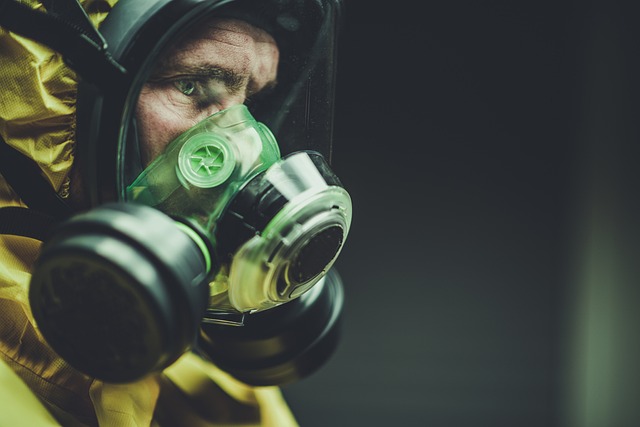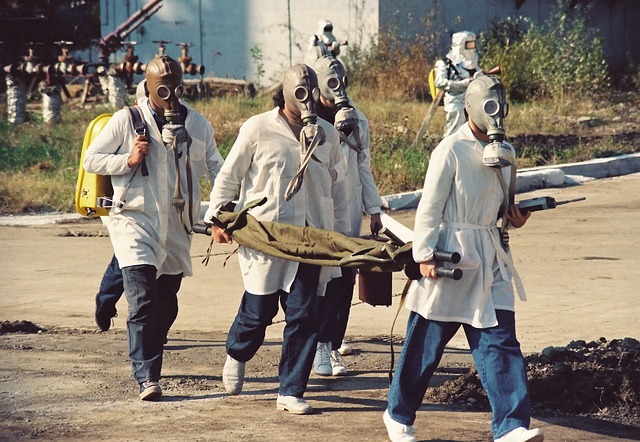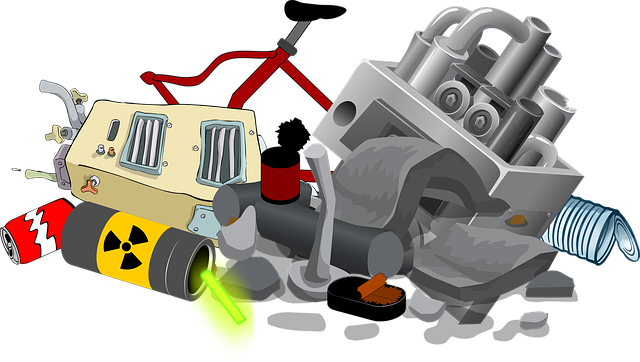The Northwest region has adopted an advanced emergency spill simulator to enhance crisis preparedness. This technology replicates diverse scenarios like chemical leaks and oil spills, offering realistic training for first responders. By improving reaction times, decision-making, and coordination, the simulator strengthens safety measures and fosters community resilience. The collaborative effort between local communities and authorities underscores the region's commitment to staying ahead of emergency spill situations.
In a pioneering initiative, the northwest area has been chosen as the site for an innovative Rollover Simulation Unit (RSU), designed to revolutionize emergency response training. This cutting-edge RSU incorporates an Emergency Spill Simulator, offering immersive scenarios that prepare first responders and local authorities for real-world challenges. By collaborating on this project, communities and government bodies aim to enhance safety measures through practical simulations, ensuring better preparedness in the event of critical incidents involving hazardous material spills.
- Northwest Area Selected for Rollover Simulation Unit
- Emergency Spill Simulator: Key Features Unveiled
- Training Realistic Scenarios for Improved Preparedness
- Local Communities and Authorities Collaborate on Project
- Enhancing Safety Measures Through Practical Simulations
Northwest Area Selected for Rollover Simulation Unit

The dynamic landscape of the Northwest area has made it an ideal location for the implementation of a cutting-edge Rollover Simulation Unit. This innovative project aims to prepare emergency responders for real-world scenarios involving hazardous material spills, utilizing advanced technology to mimic complex situations. The unit’s strategic placement in this region is driven by its unique geographical features and historical incidents, both of which contribute to the challenge and necessity of such a simulation.
The Northwest’s diverse terrain, characterized by steep slopes and water bodies, presents various obstacles and potential risks for emergency operations. Moreover, past incidents involving industrial accidents and natural disasters have underscored the region’s need for enhanced spill response capabilities. By establishing this simulator, local authorities aim to bridge the gap between training and reality, ensuring that first responders are well-equipped to handle emergencies with minimal impact and maximum efficiency.
Emergency Spill Simulator: Key Features Unveiled

The Emergency Spill Simulator, recently unveiled in the northwest area, is a cutting-edge tool designed to prepare and mitigate potential hazards. This innovative unit is equipped with advanced features tailored to simulate various emergency spill scenarios, offering a comprehensive training experience for first responders. From chemical leaks to oil spills, the simulator can replicate diverse situations, ensuring personnel are adept at handling crises efficiently.
Key among its attributes is the ability to customize simulations based on real-world scenarios, allowing teams to practice specific protocols and strategies. Additionally, the system integrates advanced sensors and feedback mechanisms, providing precise data for post-exercise analysis. This sophisticated technology not only enhances operational readiness but also fosters a culture of safety within the northwest community, making it a game-changer in emergency response preparation.
Training Realistic Scenarios for Improved Preparedness

In the realm of emergency preparedness, realistic scenario training is paramount in ensuring that first responders and nearby residents are equipped to handle unforeseen events. The new emergency spill simulator in the northwest area takes this preparation to a higher level. This innovative unit recreates various hazardous situations, from chemical leaks to oil spills, providing an immersive experience designed to sharpen reaction times and decision-making skills.
By simulating these scenarios, the simulator offers a safe space to train under pressure. It allows emergency services to practice their response protocols, identify weaknesses in their strategies, and enhance coordination. Moreover, it enables residents to familiarize themselves with evacuation procedures and emergency contact numbers, fostering a culture of preparedness among the community. The northwest’s investment in this cutting-edge technology underscores its commitment to staying ahead of potential crises, ensuring that everyone is better equipped to handle any unexpected emergency spill situations.
Local Communities and Authorities Collaborate on Project

Local communities and authorities in the northwest region have joined forces to develop an innovative solution for disaster preparedness: an emergency spill simulator. This collaborative project aims to enhance safety measures and response capabilities in the face of potential industrial accidents or natural disasters involving hazardous materials. By simulating various scenarios, from oil spills to chemical leaks, the simulator provides a realistic training ground for first responders, emergency services, and local residents alike.
The involvement of both community members and regulatory bodies ensures a comprehensive understanding of the region’s unique challenges and needs. Together, they’ve crafted a training program that reflects local geography and infrastructure, making it highly relevant and effective. This partnership demonstrates a commitment to fostering resilience and ensuring the northwest area is better prepared to handle emergency situations involving hazardous spills.
Enhancing Safety Measures Through Practical Simulations

In the dynamic landscape of safety management, practical simulations play a pivotal role in enhancing emergency preparedness. The recent development of an emergency spill simulator in the northwest area is a game-changer, offering a realistic and controlled environment to test and refine response strategies. This innovative unit allows for immersive training sessions, enabling first responders to navigate complex scenarios without putting lives at risk.
By simulating various emergency spill situations, from chemical leaks to oil spills, the simulator provides an invaluable tool for improving reaction times and coordination. Through these practical exercises, teams can identify weaknesses in their protocols, refine their procedures, and ensure they are well-equipped to handle real-world crises effectively. Such simulations not only bolster confidence but also foster a culture of continuous improvement within emergency response agencies, ultimately enhancing safety measures across the region.






